Looking to add some luxury and relaxation to your home? A home sauna might be just what you need. With the right location and installation, a home sauna can provide a variety of benefits, from increased home value to improved health and wellness. In this article, we'll explore the best locations for installing a home sauna in your house.
Top places to put your home sauna
- Outdoor near pool or garden: Provides a unique and natural ambience, a picturesque view of the landscape
- Spare room: Provides privacy and easy accessibility, as well as your own wellness room at home
- Large garage: Provides ample space and privacy, with the added benefit of a separate entrance for your sauna
- Basement: Great space, and privacy makes it a popular choice for home saunas
- Attic: This can be a unique location for a home sauna
The top spot for your sauna is the Outdoors
Our top pick for where you should put your home sauna is outdoors! For a unique and natural ambience, consider building an outdoor sauna near your pool or garden. This location provides a picturesque view of your landscape, with the added benefits of fresh air and natural surroundings.
Pros:
- Provides a unique and natural experience
- Save space with possibly under utilised space outside
- Easier for socialising and entertaining
- Can be an eye-catching backyard feature
Cons:
- Maybe less private than indoor options; may require additional privacy measures such as landscaping or fencing
- May require additional weatherproofing and maintenance measures to protect the sauna from the elements
- Outdoor saunas are more expensive
Utilising a spare room for your home sauna
Another option is a spare room in your house. This provides even more privacy and easy accessibility. Plus, you can consider adding additional spa features like a shower to create a complete relaxation space.
Pros:
- Provides even more privacy and ease of use; additionally you can create a complete wellness space at home
- May already have the necessary infrastructure such as electricity and size
- Most households have a spare room
Cons:
- May limit the use of the room for other purposes if converted to a sauna space

Home sauna in your garage
If you have a large garage, consider partitioning a section for your home sauna. This provides abundant space and privacy, with the added benefit of a separate entrance for your sauna.
Pros:
- Provides much space and privacy, with the added benefit of not damaging flooring when wet with sweat
- May already have the necessary infrastructure such as special electrical requirements
- Can be easily converted or repurposed for other uses if the sauna is removed
- Can utilise other health and wellness tools nearby such as workout equipment
Cons:
- May not provide the same level of comfort and relaxation as other locations due to the garage's utilitarian nature
Placing your home sauna in your basement
The basement is a popular choice for home saunas, thanks to its space, privacy, and out-of-the-way nature. Whether you convert an unfinished basement into a sauna room or opt for a pre-fabricated sauna, the basement offers a great location.
Pros:
- Ample space allows for a larger sauna and relaxation area
- Provides privacy
Cons:
- Moisture buildup may be a concern; proper ventilation and waterproofing are essential
Putting a home sauna in your attic
Finally, while not a common choice, the attic can be a unique location for a home sauna. However, proper ventilation and adequate space are crucial for this option.
Pros:
- Can be a unique location for a home sauna
- May provide a cozy, intimate space for relaxation
Cons:
- May require significant structural modifications to support the weight of the sauna
- May have limited headroom or space, depending on the size of the attic.

Different Types of Home Saunas
Before you start planning your sauna installation, it's important to understand the different types of saunas available. The most common types of home saunas include traditional saunas, infrared saunas, and steam saunas.
Traditional Saunas
Traditional saunas use heated rocks or a stove to generate heat and steam in a closed room. They typically operate at temperatures between 150 and 195 degrees Fahrenheit and have a humidity level of 10 to 40 per cent. Traditional saunas are known for their ability to provide the hottest temperatures.
Infrared Saunas
Infrared saunas use infrared light to generate heat, which heats the skin and provides gentle, therapeutic benefits. They operate at lower temperatures than traditional saunas, typically between 120 and 150 degrees Fahrenheit, and have a lower humidity level of 0 to 5 per cent. Infrared saunas produce the most health benefits of all saunas and come in many different sizes and options.
Traditional Steam Saunas
Steam saunas use a steam generator to produce heat and steam in a closed room. They typically operate at temperatures between 110 and 120 degrees Fahrenheit and have a humidity level of 100 per cent. Steam saunas are often preferred in commercial premises but are the most expensive to run.


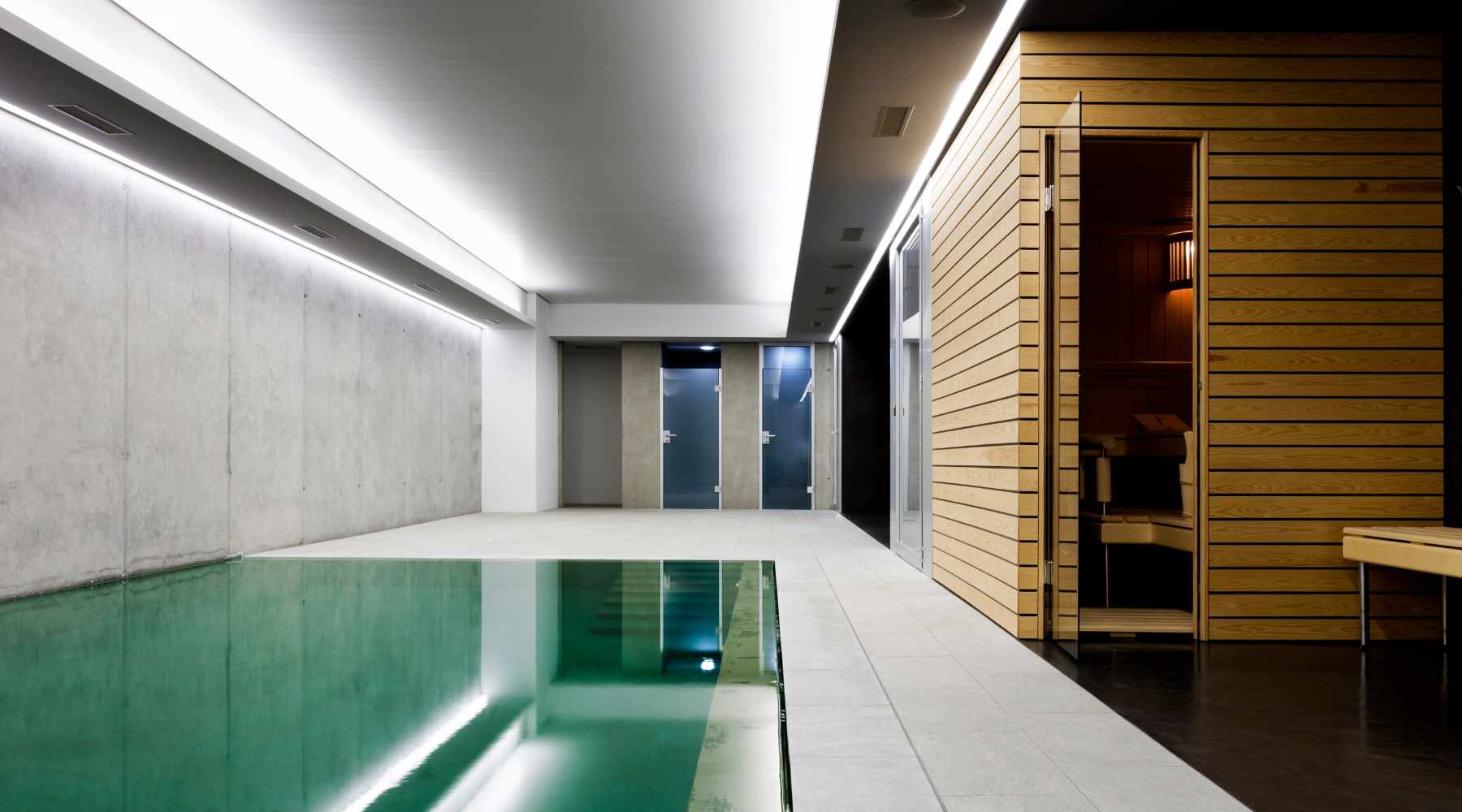


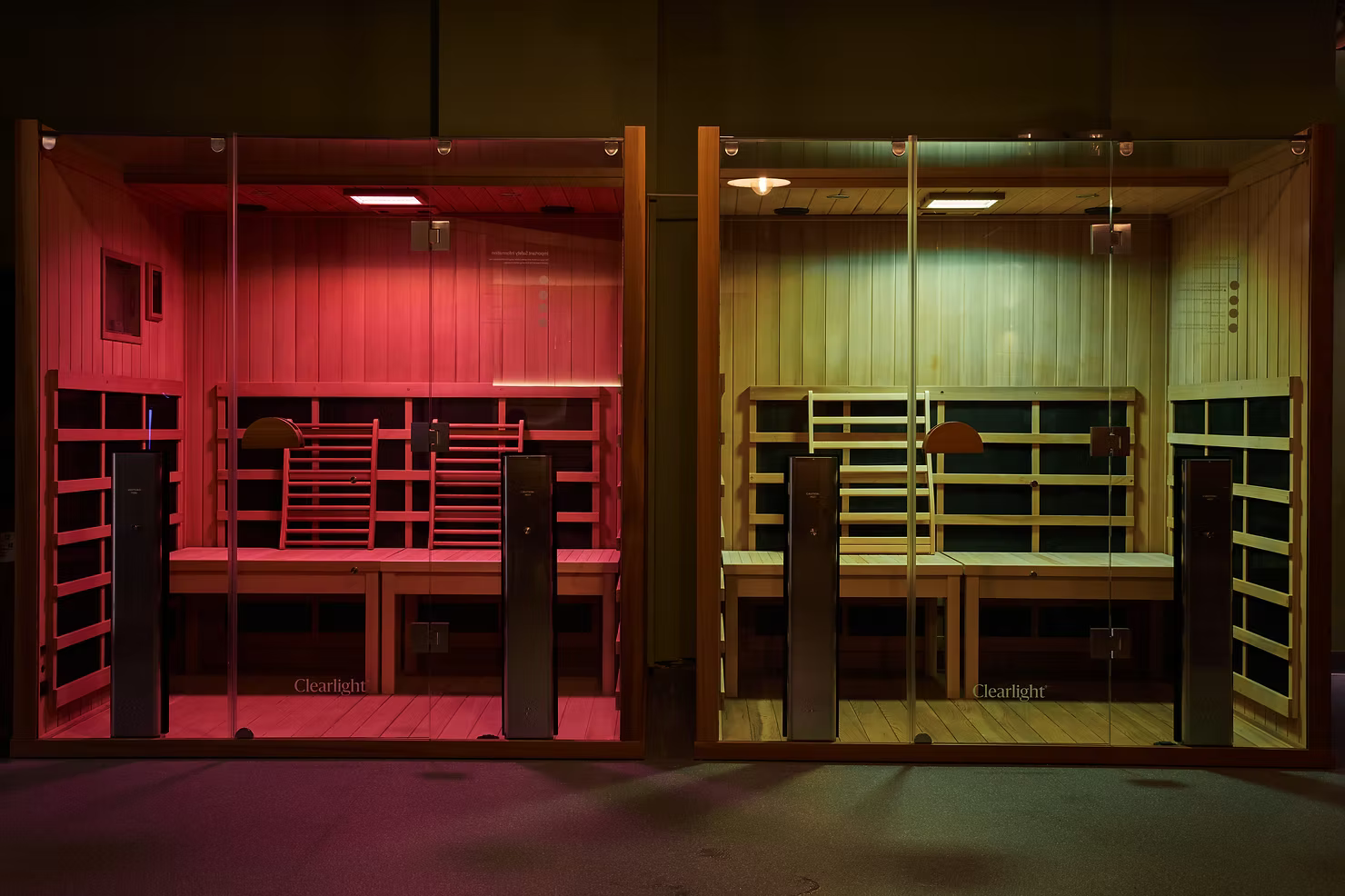
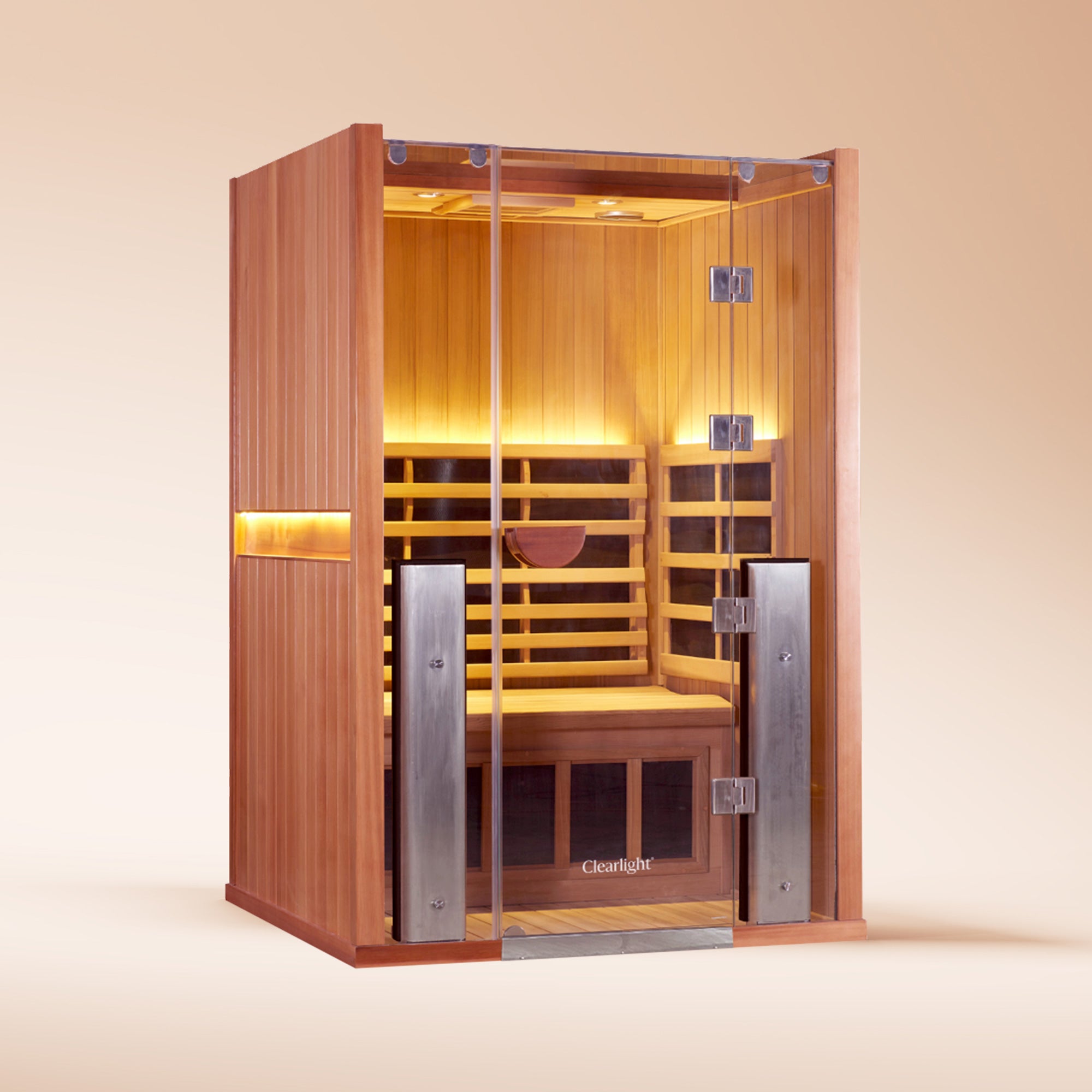

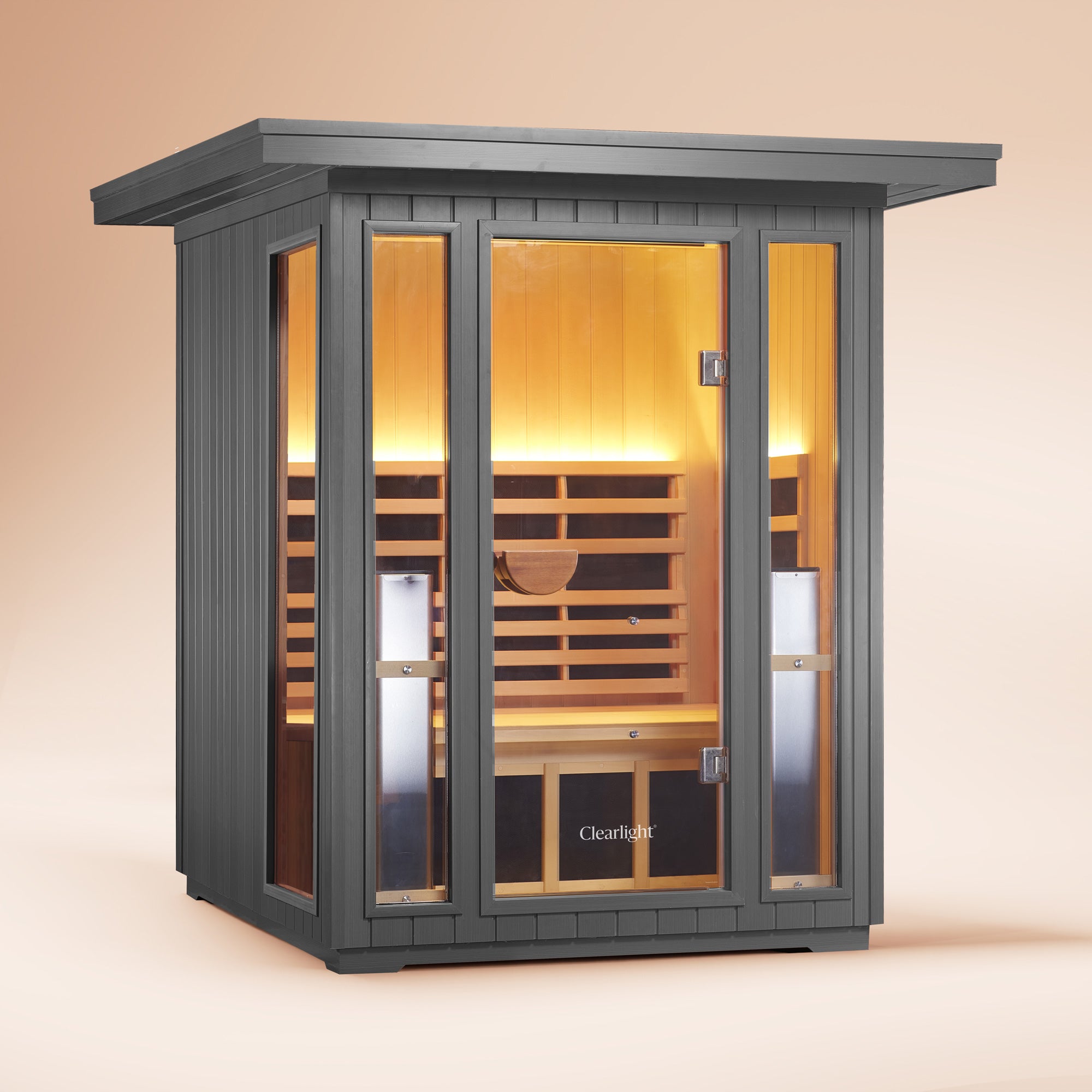

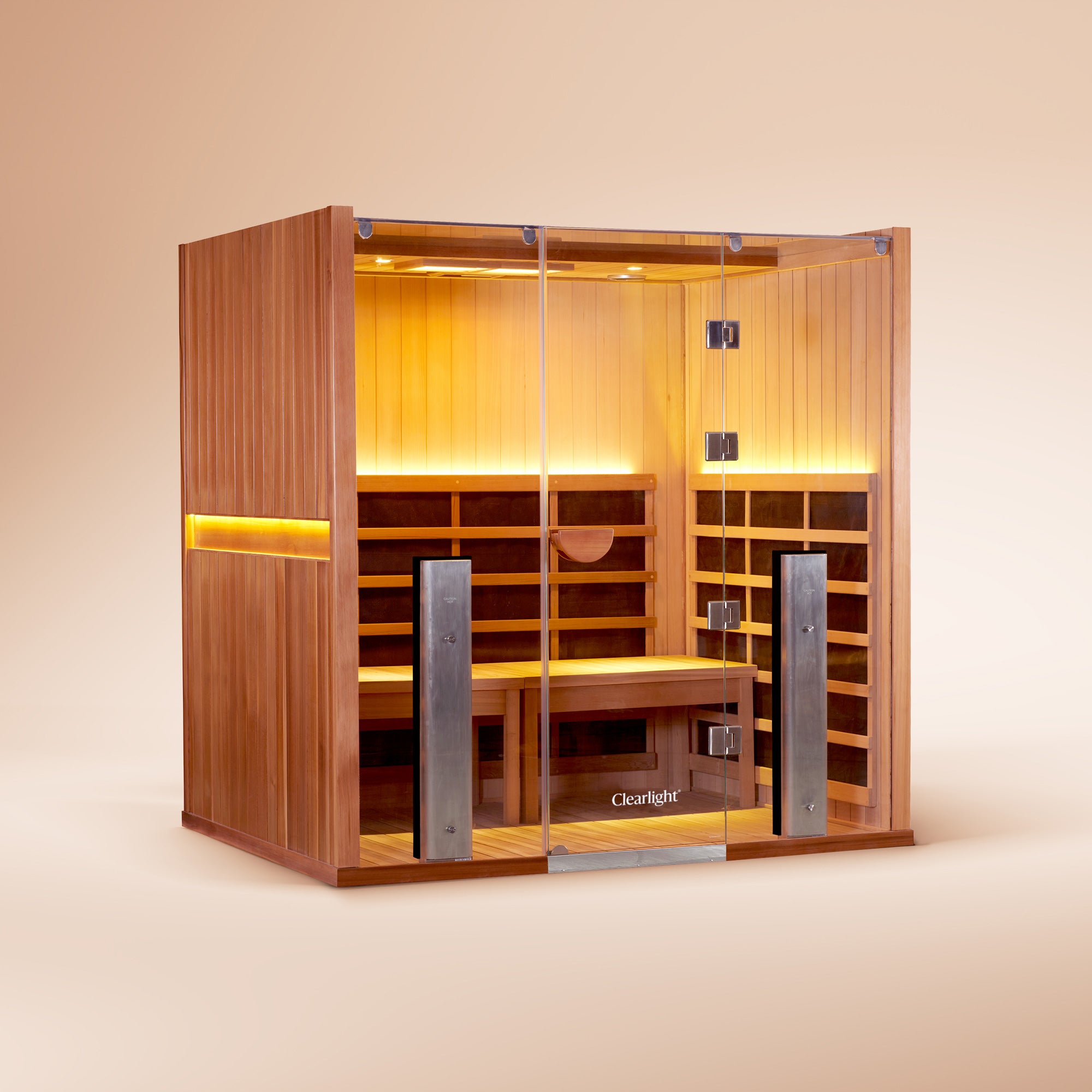
Best Portable Infrared Sauna UK: A Buyer’s Guide
The Best Infrared Sauna Blanket UK Options: What You Need To Know